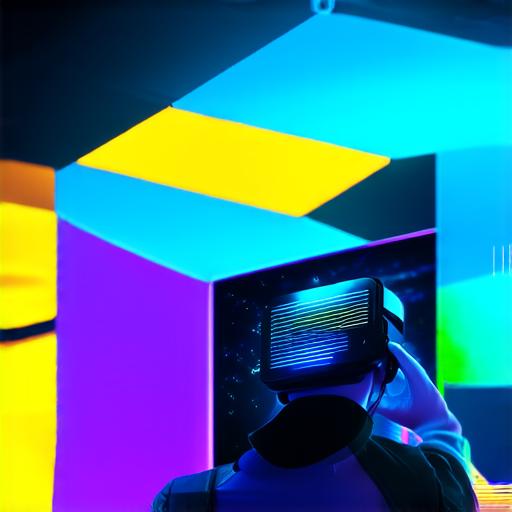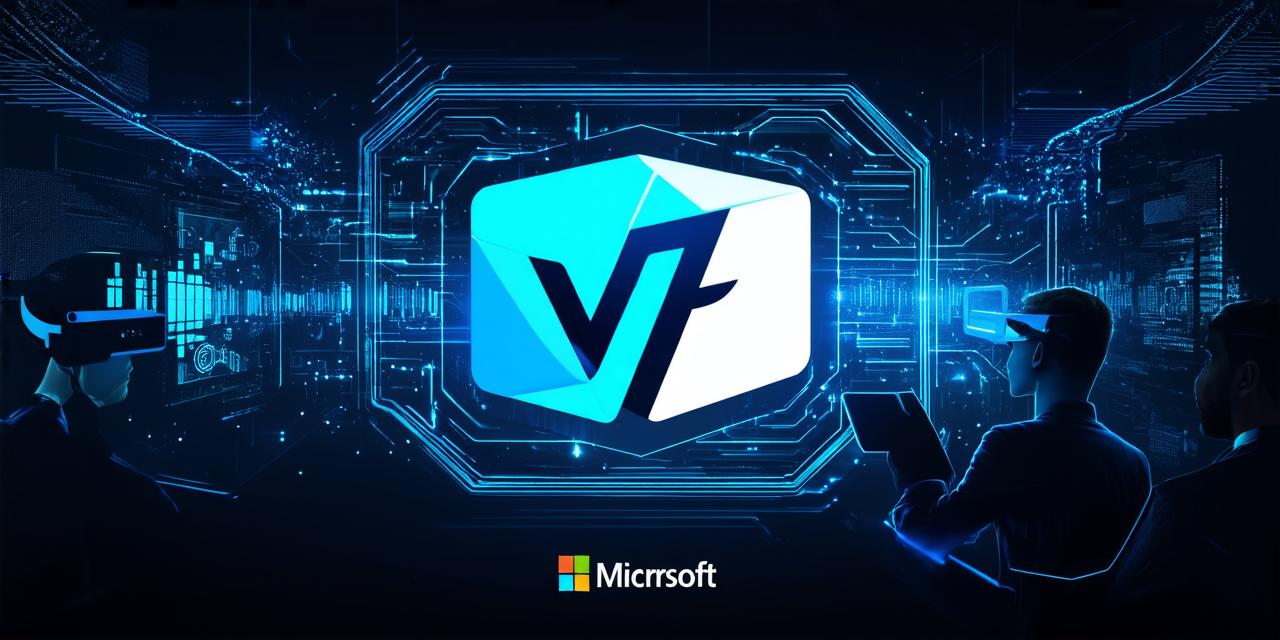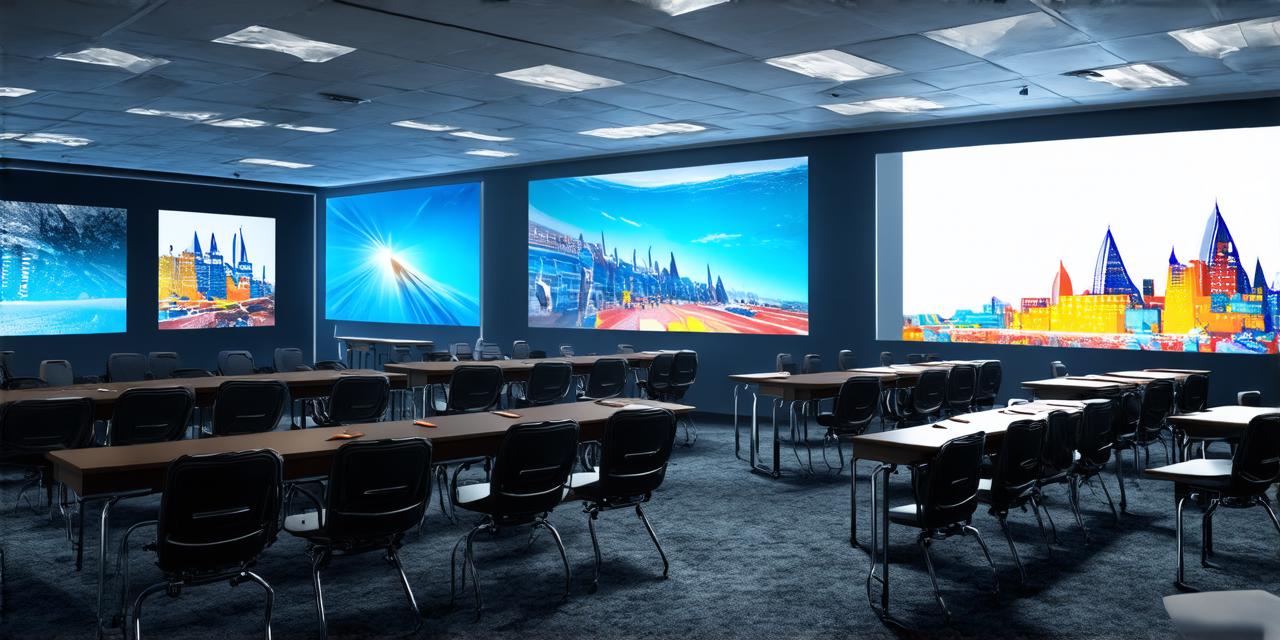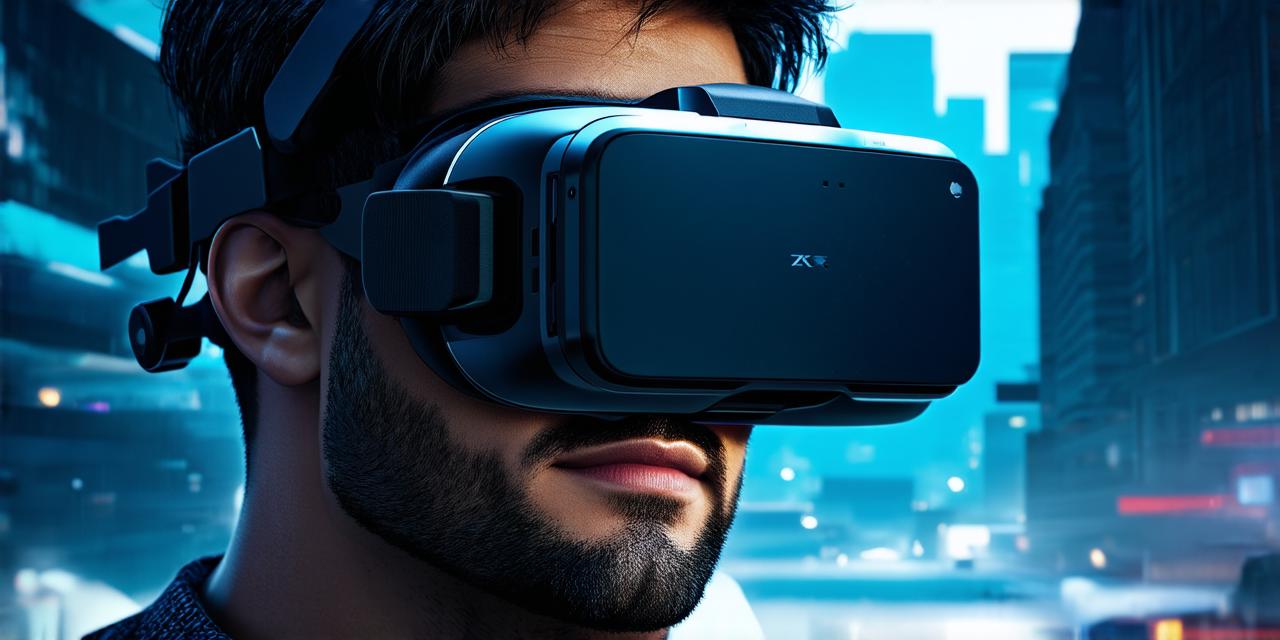Virtual reality (VR) is a rapidly growing industry that offers new opportunities for businesses to create immersive experiences for their customers.
Microsoft, one of the world’s leading technology companies, has been actively exploring and implementing virtual reality strategies in recent years. In this article, we will take a closer look at how Microsoft plans to leverage virtual reality to enhance its products and services.
Microsoft’s Virtual Reality Platform: Windows VR
Windows VR is Microsoft’s flagship virtual reality platform, which was first introduced in 2016. The platform allows users to create and experience virtual environments using a range of hardware devices, including the Microsoft Surface Hub, the HP Reverb G2, and the Dell Visor. Windows VR offers a range of features, including motion tracking, hand and finger input, and support for a wide range of applications and games.
One of the key benefits of Windows VR is its compatibility with existing Microsoft products and services. For example, users can access Microsoft’s Office 365 suite of productivity tools in a virtual environment, allowing them to work more efficiently and effectively. Additionally, Microsoft has partnered with several major game developers, such as Electronic Arts and Bethesda, to bring their games to the platform.
Microsoft’s Virtual Reality Applications: HoloLens 2
HoloLens 2 is another virtual reality product developed by Microsoft. Unlike Windows VR, which is focused on creating fully immersive environments, HoloLens 2 is designed to be a more practical and versatile tool for augmented reality (AR) applications. HoloLens 2 uses advanced computer vision algorithms to track the user’s movements and allows them to interact with virtual objects in the real world.
HoloLens 2 has been used in a range of industries, including manufacturing, healthcare, and education. For example, it can be used to train surgeons by simulating surgical procedures in a virtual environment. Similarly, it can be used in the manufacturing industry to design and test products before they are built.

Microsoft’s Virtual Reality Future: Where to Go Next
Microsoft’s virtual reality strategies are likely to continue evolving as the technology becomes more widespread and affordable. One area where Microsoft is likely to focus is on improving the user experience of virtual environments. This could include developing new hardware and software technologies that make it easier for users to interact with virtual objects and environments.
Another area where Microsoft may explore is the use of virtual reality for remote work and collaboration. With many people now working remotely, virtual reality could offer a more immersive and interactive way for teams to collaborate on projects and ideas.
Microsoft’s Virtual Reality Partnerships: What They Mean for the Future
Microsoft has been actively partnering with other companies in the virtual reality industry to bring new products and services to market. For example, it has partnered with Samsung to develop a line of VR headsets that are compatible with Windows VR. Additionally, Microsoft has partnered with several major gaming companies to bring their games to the platform.
These partnerships are likely to be key drivers of the future of virtual reality. As more companies enter the market and work together to develop new technologies and applications, we can expect to see a rapid growth in the adoption of virtual reality across a range of industries.
In conclusion, Microsoft’s virtual reality strategies are focused on leveraging the technology to enhance its existing products and services, as well as explore new opportunities for remote work, collaboration, and gaming. As the virtual reality market continues to grow, Microsoft is likely to play an increasingly important role in shaping its future direction and development.



